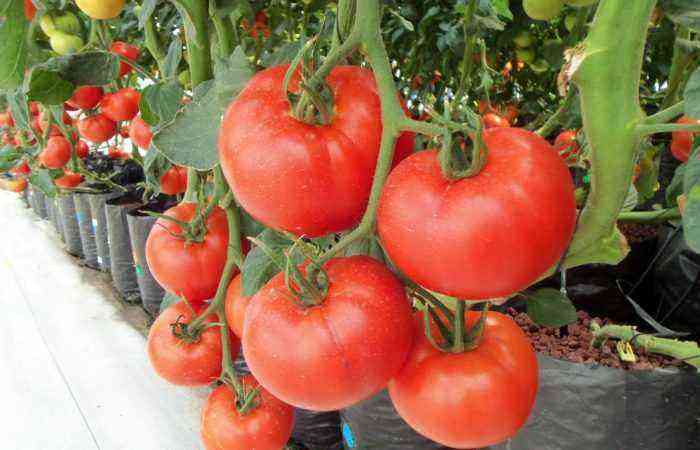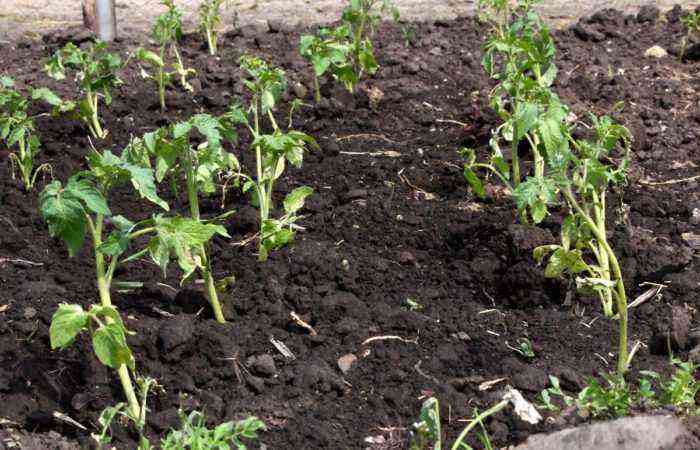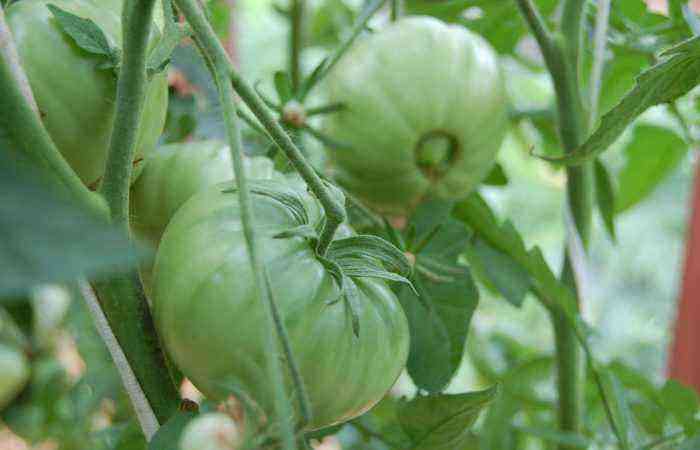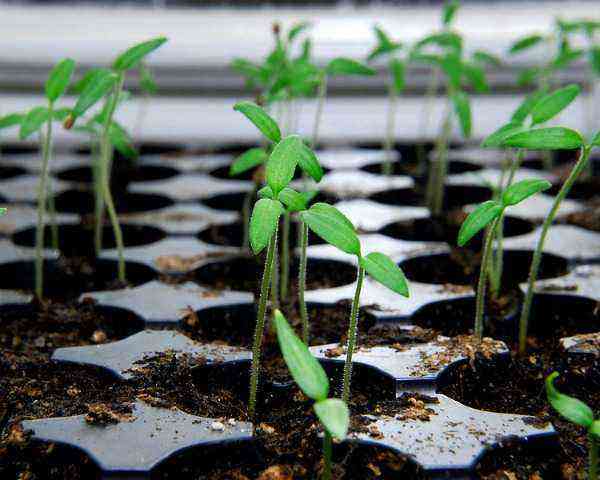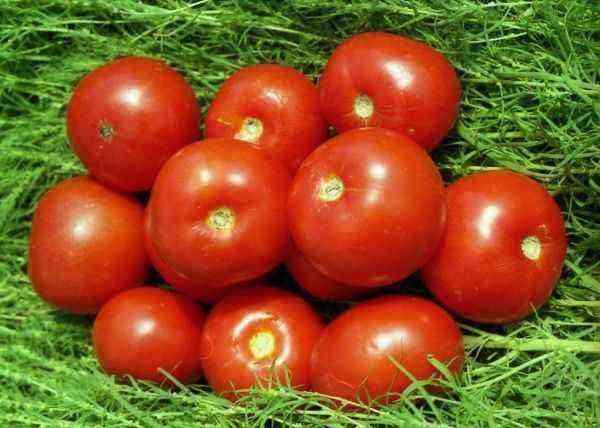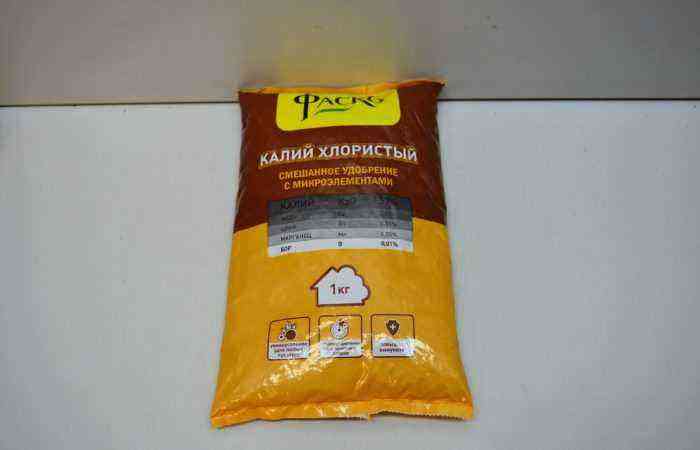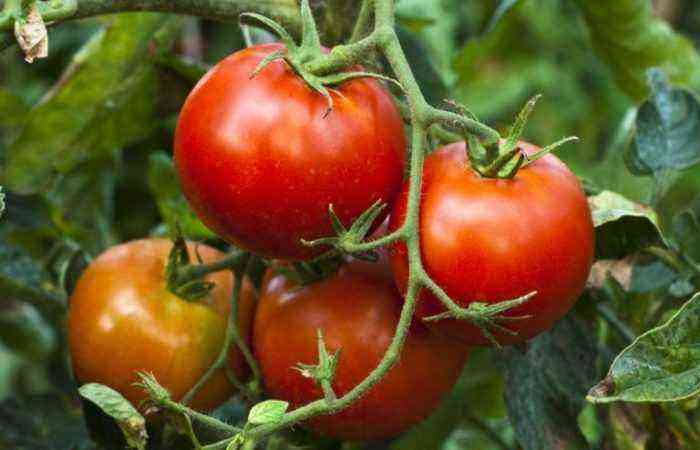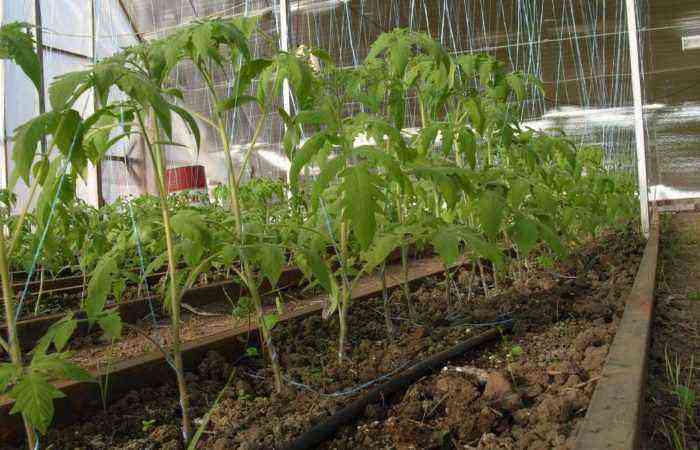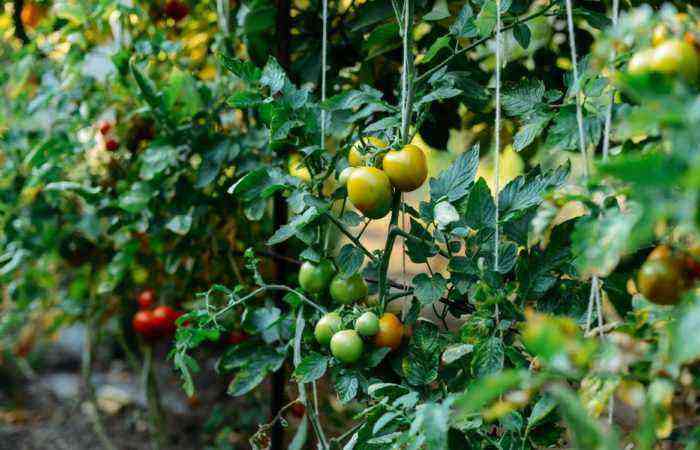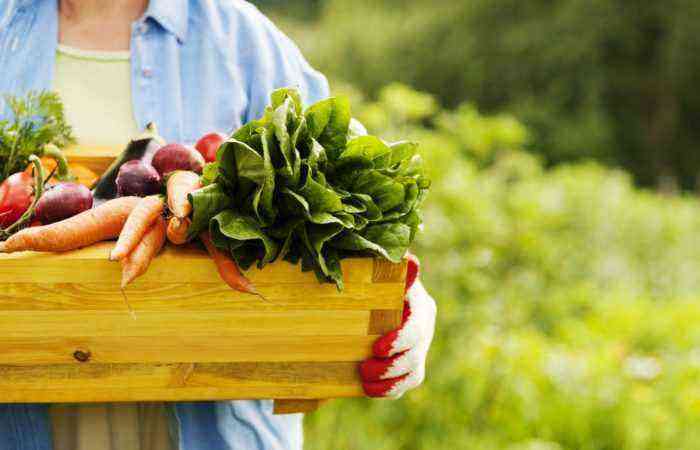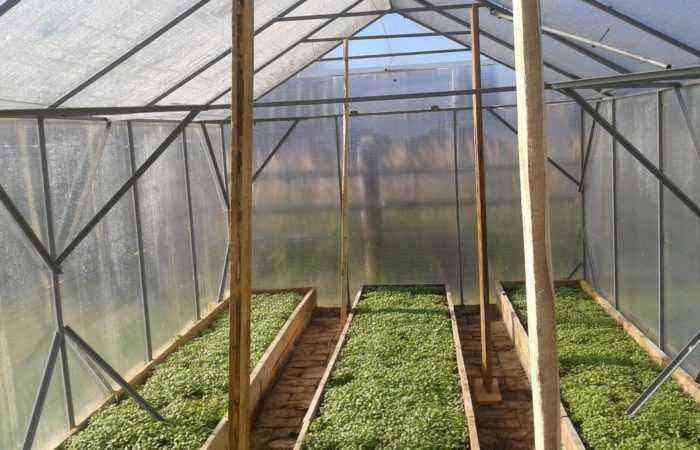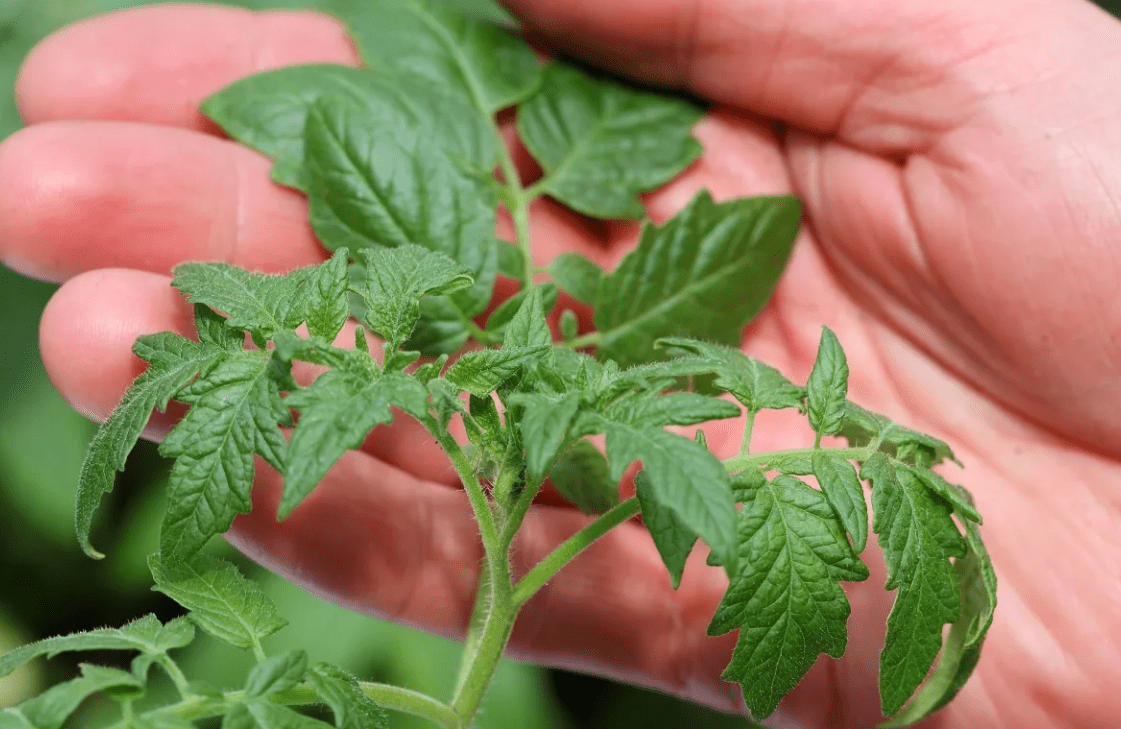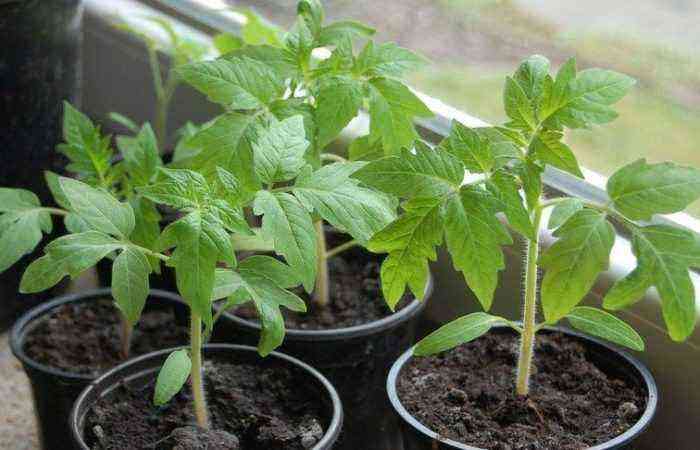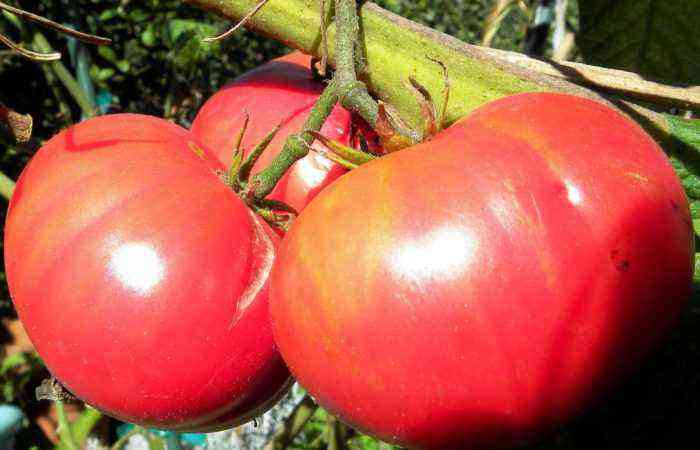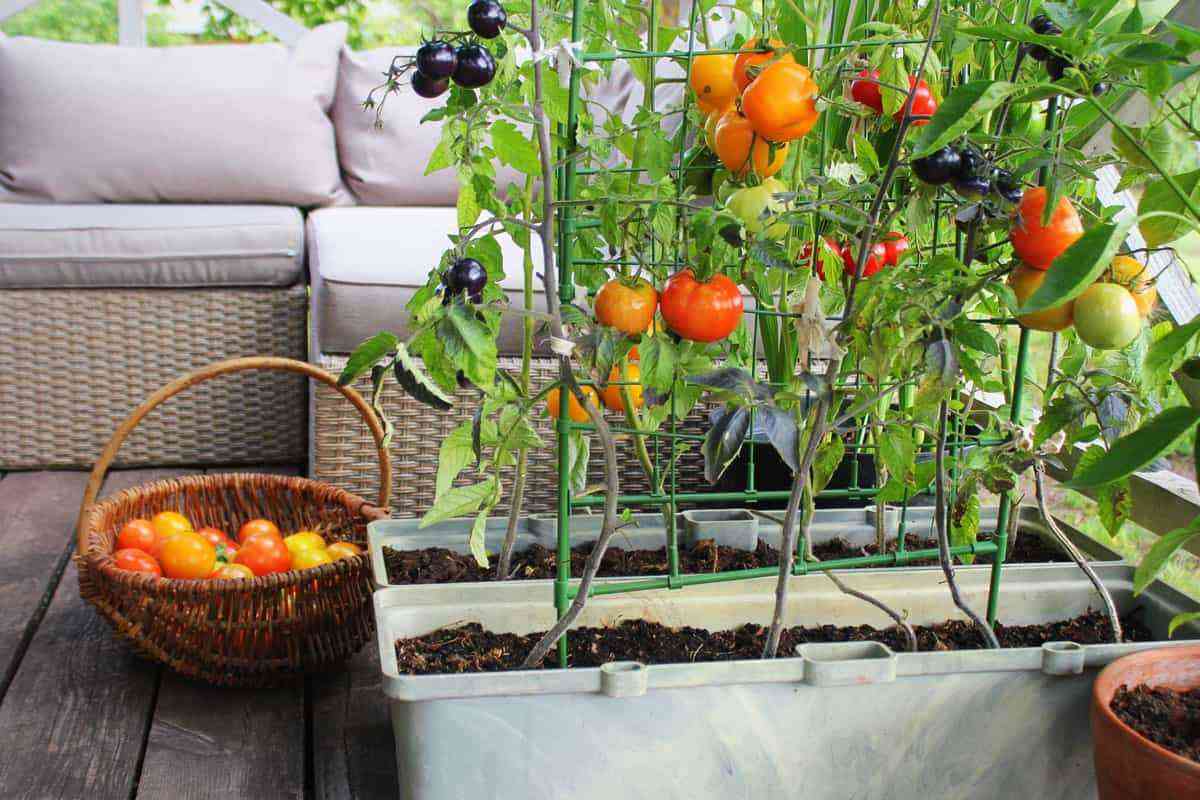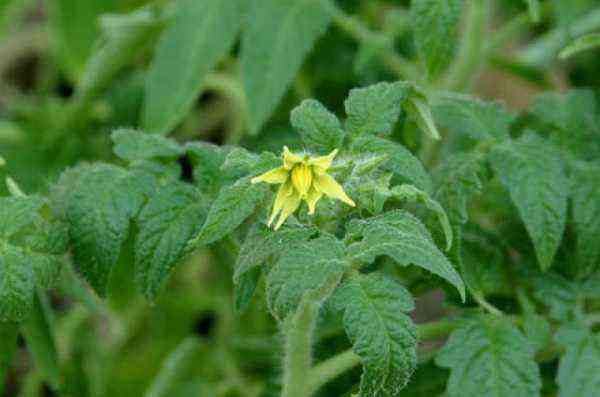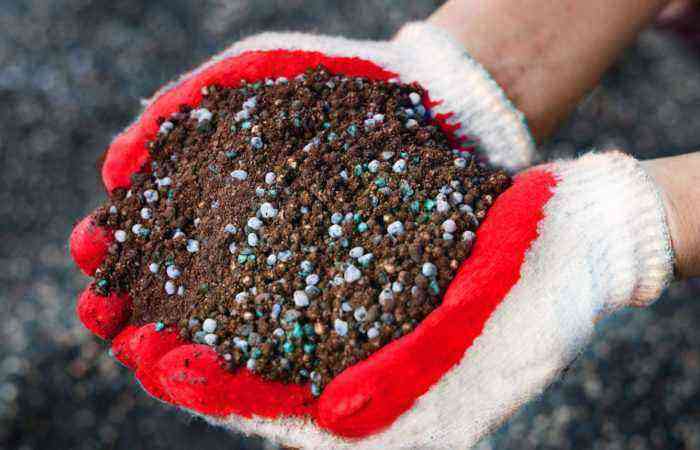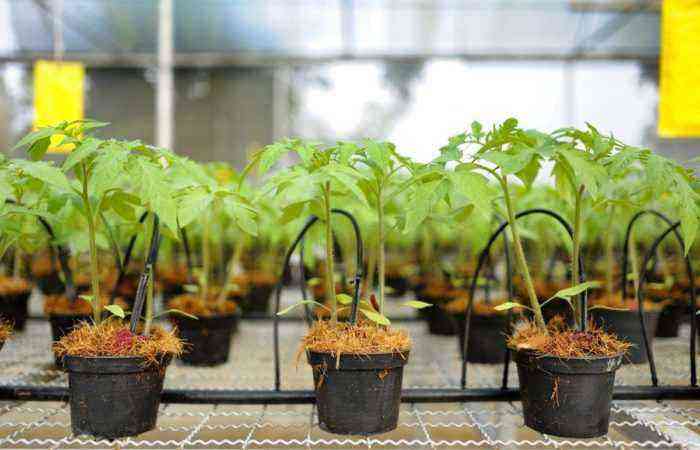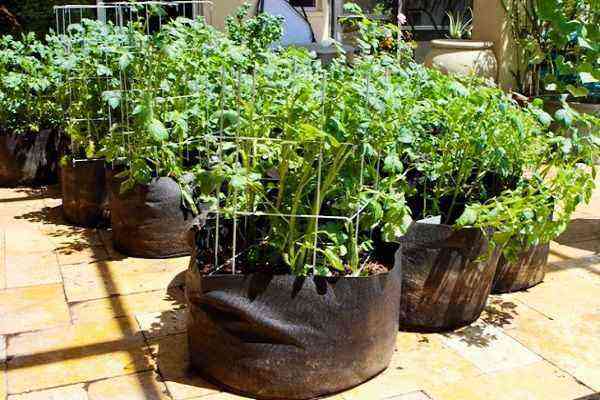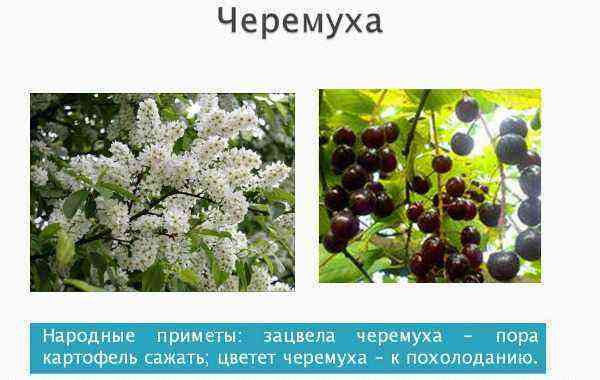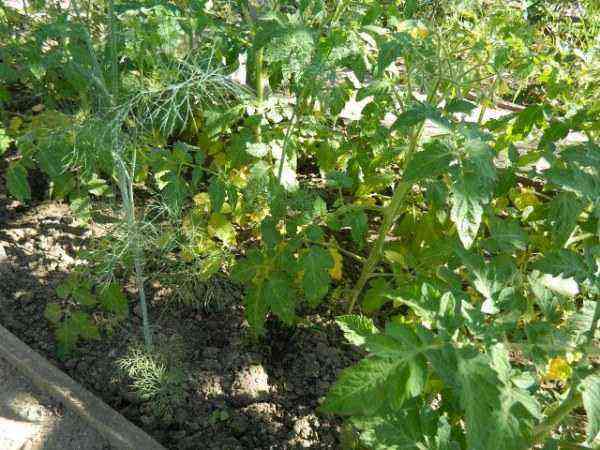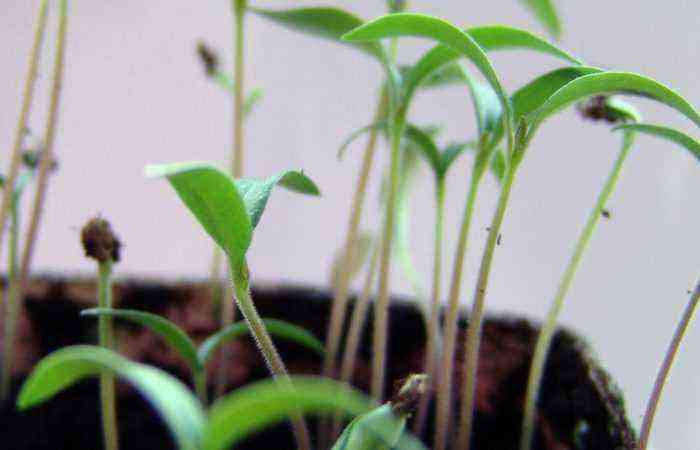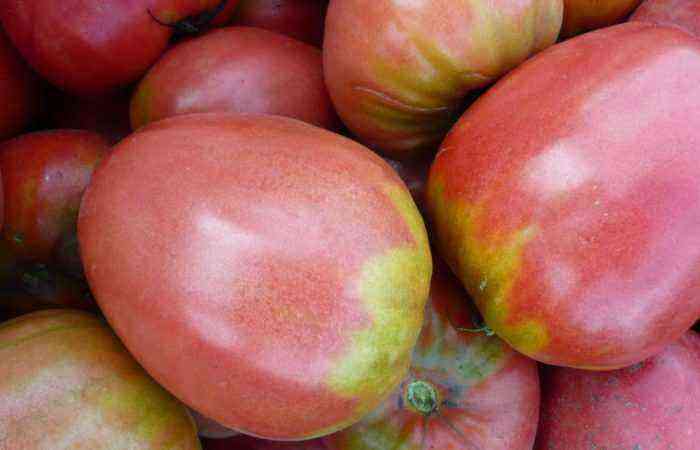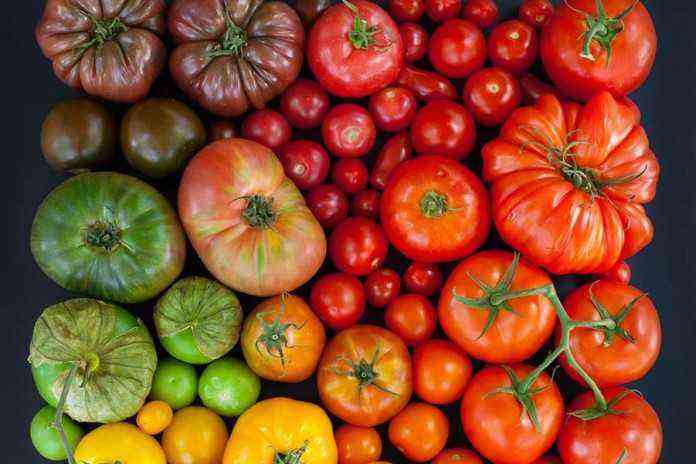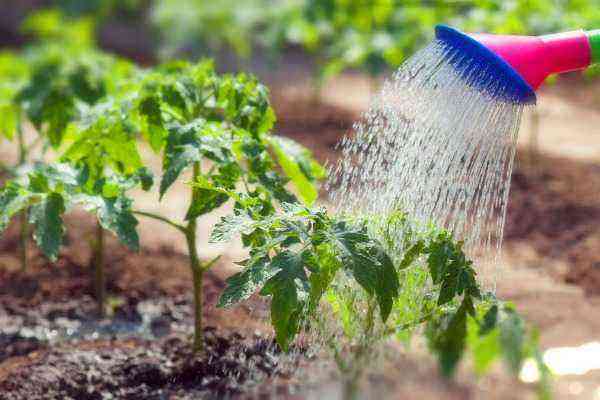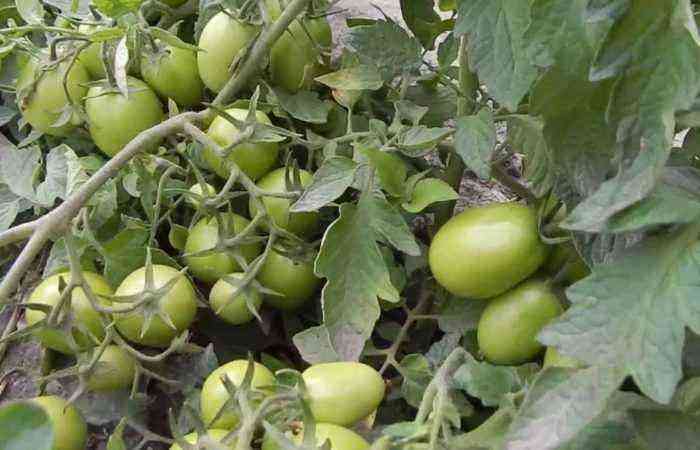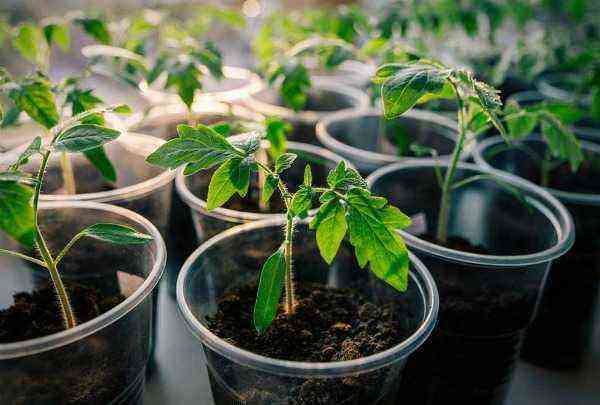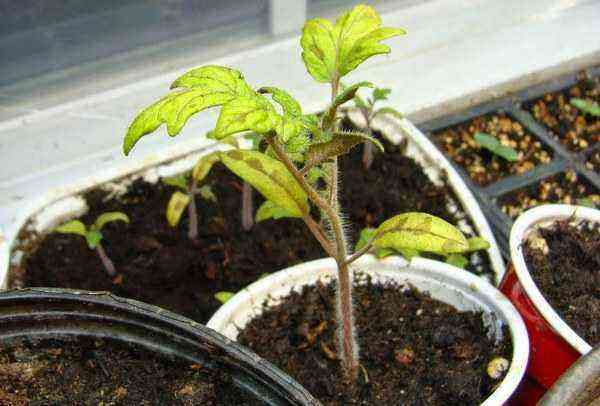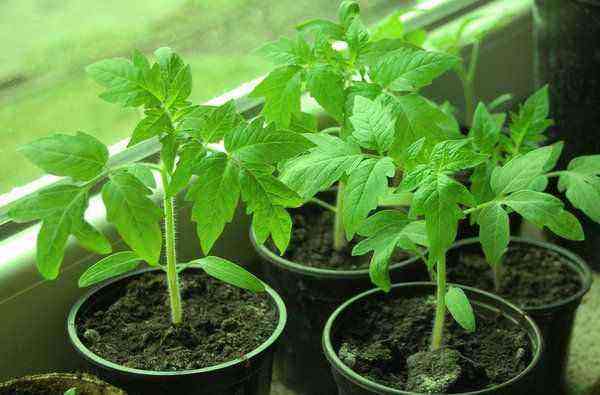Tomatoes are one of the most popular vegetable crops that are grown in small areas, and are also planted on an industrial scale. You can get high yields of this crop if you buy the appropriate varieties, create suitable conditions for tomatoes during planting and further cultivation.
However, even if the summer resident does everything right, observes the agricultural technology of growing a variety, but high yields cannot be achieved. And the main reason is often non-compliance with the rules of crop rotation. About which vegetables are the best predecessors for tomatoes, what can be planted after them, as well as much more, will be discussed in this article.
What kind of soil and growing conditions do tomatoes need
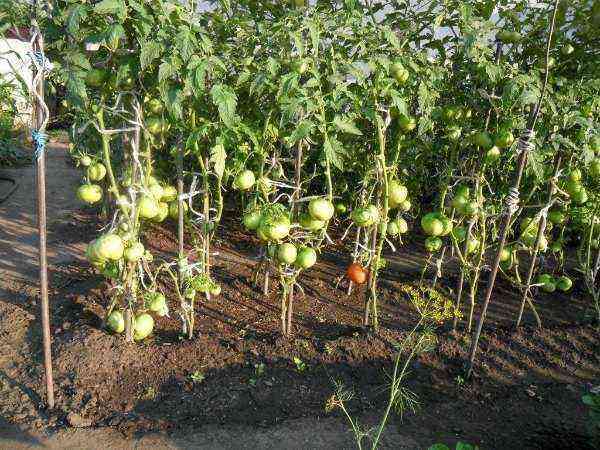
Lighting
Tomatoes are a heat-loving and light-loving vegetable crop.
During the fruit ripening period, the plant needs bright intense lighting, otherwise the fruits will be less tasty.
- The seeds of this vegetable plant can germinate at a temperature of at least +14°C, but at higher temperatures (within 20-22°C) sprouts appear faster.
- And the growth of adult plants begins to slow down at temperatures below +12°C, the shoots stop growing completely when the thermometer drops below +9°C.
If the plants do not have enough lighting, then they begin to stretch, weaken. As a result, the flowering and fruiting of these plants will be delayed. Especially dangerous is the lack of lighting when growing seedlings at home.
Air humidity
The next requirement is the optimal humidity of air and soil.
The level of air humidity should not exceed 60%, and soil – 70-75%.
High humidity of the air or soil can lead to the development of various fungal diseases, root rot, black leg. Some of these diseases cannot be cured, so the plants have to be destroyed.
Fertilizer
Tomatoes also require nutrients, plants can only get them from the soil. Therefore, the beds on which tomatoes will grow must be pre-fertilized.
- In autumn, when digging, organic matter (compost, humus, manure) is introduced into the soil at the rate of 10 kg per square.
- In the spring, when digging again, complex mineral fertilizers are introduced into the soil, and then beds are formed in which tomato seedlings will be planted.
In the process of seedling growth, for the normal development of the root system, a large amount of phosphorus is required, which is part of the nutrient substrate.
And then the seedlings are fed with a solution of complex mineral fertilizers twice before they are transplanted into open ground.
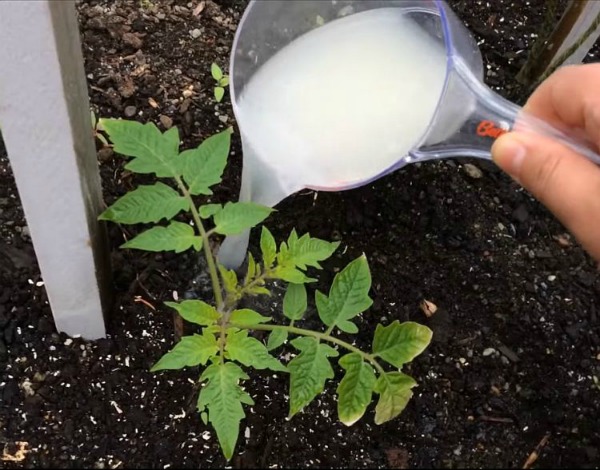
After transplanting seedlings into beds during flowering and the formation of ovaries, growing bushes require potassium and phosphorus.
These minerals contribute to:
- active flowering;
- the appearance of a large number of ovaries;
- strengthening immunity.
As a result, tomato bushes develop faster, more ovaries are formed, and the plants themselves practically do not get sick, which also has a positive effect on the yield of this vegetable crop.
The effect of nitrogen on tomatoes:
- This macronutrient has a beneficial effect on any cultivated plants.
- Activates the growth of the vegetative mass and the root system.
But it must be introduced into the soil with caution. An excess of nitrogen leads to an increase in the development of green mass to the detriment of flowering and fruiting, and a lack of nitrogen leads to a slowdown in growth, lightening of the foliage, and the fruits will be too small.
Ground
The best types of soil for this vegetable crop are sandy and loamy with a neutral or slightly acidic reaction.
Under such conditions, the first fruits on tomato bushes can ripen 1-1,5 months after the appearance of flowers.
Is it possible to plant tomatoes after a tomato

According to the rules of crop rotation, tomatoes in one place can be planted only for one season, and then take a break for 3-4 seasons.
If the garden or greenhouse is small, and you have to grow this crop in one place all the time, then you need to disinfect the soil after harvesting and destroying the tops.
Or remove the top layer of soil by 5 cm. If the tomatoes are sick, then the soil is removed to a thickness of up to 10 cm, then the soil is shed with a solution of copper sulfate or Bordeaux mixture. Instead of the removed earth, a nutrient substrate is poured, consisting of a mixture of turf (or leafy soil), sand and humus in a ratio of 1: 1: 1.
Important! With the constant cultivation of tomatoes in one place, the soil in this area becomes too acidic, therefore, during autumn digging, lime or chalk is added to the soil.
What to plant next year after tomatoes

Tomato is the best predecessor for the following vegetable crops:
- radish;
- beets;
- carrots;
- cabbage;
- Luke;
- garlic;
- beans
- peas;
- beans;
- soy;
- dill;
- parsley;
- salad dressing;
- celery
- cucumbers;
- squash;
- zucchini.
In open ground
Since tomatoes in the process of growth and fruiting take almost all the nitrogen from the soil, therefore, after them it is better to plant legumes and those types of greens that, along with legumes, enrich the soil with easily digestible nitrogen during growth and enrich it with organic substances.
Important! Almost all root crops in the process of growth absorb nutrients from deeper layers of the soil than tomatoes, so they can also be grown after tomatoes.
Onions and garlic in the process of their growth disinfect the soil, destroying pathogenic microorganisms, and their yield will be high.
Any of the representatives of pumpkin crops can be planted after tomatoes, only restorative top dressings need to be applied.
In the greenhouse
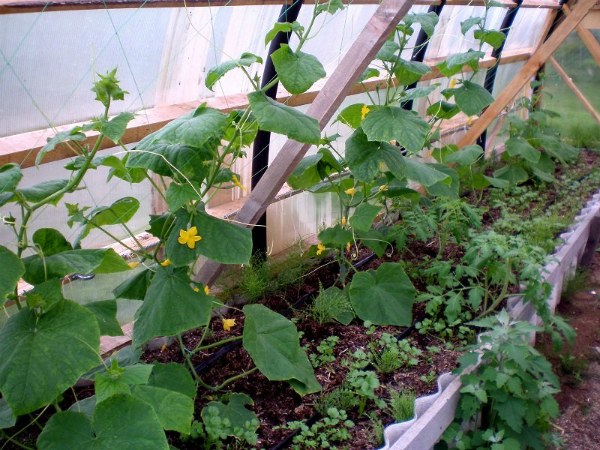
The following vegetables and root crops can be planted indoors:
- all varieties of cabbage;
- radish;
- cucumbers;
- zucchini;
- greenery;
- spices.
All varieties of cabbage are indifferent to the lack of nitrogen in the soil, they are not subject to the diseases that vegetables from the nightshade family suffer from. And before planting vegetable plants from the pumpkin family, organic fertilizers must be applied to the soil.
Greens and all types of herbs grow well after tomatoes, and also contribute to the disinfection of the soil.
Also, to disinfect the soil after tomatoes, you can plant any green manure.
Is it possible to plant peppers, onions, garlic, beets, carrots
After tomatoes, you should not plant other vegetables from the nightshade family, as they can be affected by the same diseases, and they are also damaged by pests alone, so it is absolutely impossible to plant bell peppers after tomatoes.
Onions and garlic after tomatoes destroy pathogenic microorganisms that could remain in the soil, give good yields. And carrots, like a root crop, take nutrients from the soil deeper than a tomato, so it also gives a good harvest.
Vegetable Rotation Table
Can be planted Neutral Cannot be planted Potatoes Legumes, cucurbits, cabbage Any root vegetables, onions, garlic Nightshade vegetables Tomatoes Pumpkins, legumes, onions, garlic, carrots, all kinds of cabbage, greens Beets Potatoes, peppers, eggplants Eggplants, peppers Cucumbers, zucchini, cabbage, onion, garlic, gourds, beans, carrots, herbs Beets Potatoes, tomatoes, pumpkins Onions, garlic Potatoes, legumes, pumpkin crops, all types of cabbage Beets, tomatoes Peppers, onions, garlic, physalis, greens, carrots Pumpkin Legumes, potatoes, all types of cabbage, tomatoes, onions, corn Beets, herbs Cucurbits Legumes Cucurbits, strawberries, potatoes, all types of cabbage, onions Beets, tomatoes, herbs, carrots, nightshade vegetables Corn, legumes Carrots Onions , pumpkin crops, all types of cabbage, potatoes, greens Tomatoes, onions, garlic, peppers, eggplants Carrots, beets Beets Potatoes, pumpkin crops, greens Legumes, tomatoes, onions, garlic, peppers, eggplant, corn All types of cabbage Cabbage Onions, garlic, legumes, potatoes, cucumbers, zucchini, pumpkins Tomatoes, carrots, peppers, eggplants, corn, greens Cabbage, radishes Greens Cucurbits, onions, garlic, legumes Tomatoes, eggplants, peppers, beets, potatoes, corn Cabbage, carrots
Then plant tomatoes
The best predecessors for tomatoes are the following vegetables:
- beans;
- bulbous;
- greenery;
- carrot;
- radish;
- turnip;
- all types of cabbage;
- beet;
- pumpkin crops (under which organic fertilizers were applied);
- winter wheat;
- mustard;
- alfalfa;
- soy.
In open ground

If possible, garden beds should adhere to the basic rules of crop rotation.
Tomatoes are usually planted after:
- green manure;
- all cruciferous vegetables;
- pumpkin and legumes;
- any root crops;
- bulbous;
- greens.
In the greenhouse

In closed ground, you can plant tomatoes after the following vegetable crops:
- cucumbers;
- zucchini;
- all types of cabbage;
- radish;
- green manure;
- green crops;
- spicy herbs.
Tomatoes can be planted in the same place if the soil is disinfected between plantings.
Is it possible to plant tomatoes after peppers, onions, garlic, potatoes, eggplants
You can not plant tomatoes after bell peppers, potatoes and eggplants, since all these vegetables belong to the nightshade family, they can be affected by some types of diseases, as well as pests.
And onions and garlic are the best predecessors for tomatoes, as they contribute to the destruction of pathogenic microorganisms and pests in the soil.
Are cucumbers planted after tomatoes?
Any varieties of cucumbers can be planted after tomatoes, since this vegetable crop is not subject to late blight and is not demanding on the quality of the soil. But before planting cucumbers on the beds, any organic fertilizers (compost, humus, rotted manure) should be applied to the soil.
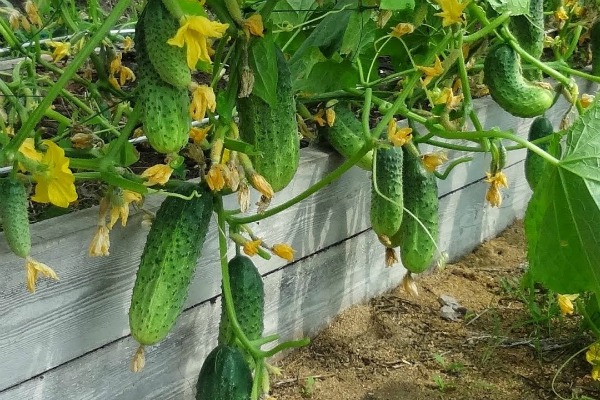
After tomatoes in the greenhouse, can I plant cucumbers?
In closed ground, cucumbers are planted after tomatoes only after a complex of mineral fertilizers and organic matter has been introduced into the soil.
After which you can not plant tomatoes
Experts categorically do not recommend planting tomatoes after the following garden and horticultural crops:
- strawberries;
- strawberries;
- eggplant;
- potatoes;
- pepper;
- tobacco;
- physalis.
All of these crops take too many nutrients from the soil, and can also be carriers of disease or insect pests.
What can not be planted after tomatoes
Tomatoes are poor predecessors for the following vegetable and horticultural crops:
- potatoes;
- physalis;
- all varieties of pepper;
- tobacco;
- eggplant;
- strawberries;
- strawberries.
All these crops are subject to the same diseases as tomatoes, and the same pests can also damage them. therefore, all of the above plants can suffer from:
- late blight;
- rot;
- wireworm;
- colorado potato beetle.
And even complete disinfection of the soil does not give a 100% guarantee of the destruction of pathogenic microorganisms and pest larvae. Therefore, in the future, plants may be affected by these diseases.
The best neighbors, what is better to plant next to tomatoes

The best neighbors for tomatoes will be the following cultivated plants:
- corn;
- carrot;
- horseradish;
- radish;
- legumes;
- salad;
- bow;
- garlic;
- beet;
- garlic;
- spinach;
- cabbage;
- celery;
- radish;
- asparagus;
- parsley;
- basil;
- nasturtium;
- marigold;
- tansy;
- tagetis;
- coriander;
- calendula.
Marigolds, tagetis, tansy, nasturtium, coriander and marigolds repel most of the “harmful” bugs from tomatoes with their aroma.
Legumes and planting corn save tomato bushes from gusts of strong winds.
Basil, planted nearby, gives ripe tomatoes a peculiar aroma.
Onions and garlic planted next to tomatoes, which release phytoncides, protect this crop from phytophthora. Onions repel aphids and earthen fleas, and garlic protects against spider mites.
Tomatoes have a positive effect on the development of onions, garlic, legumes, all varieties of cabbage, prevent the appearance of scab on apple and pear trees, and can drive away the codling moth.
Siderates before and after tomatoes – video footage
The neighborhood of vegetables in the greenhouse – video
If summer residents not only carry out all agrotechnical measures for planting and further caring for tomatoes, but also follow all the rules of crop rotation, then this vegetable crop will thank the owners with high yields.
